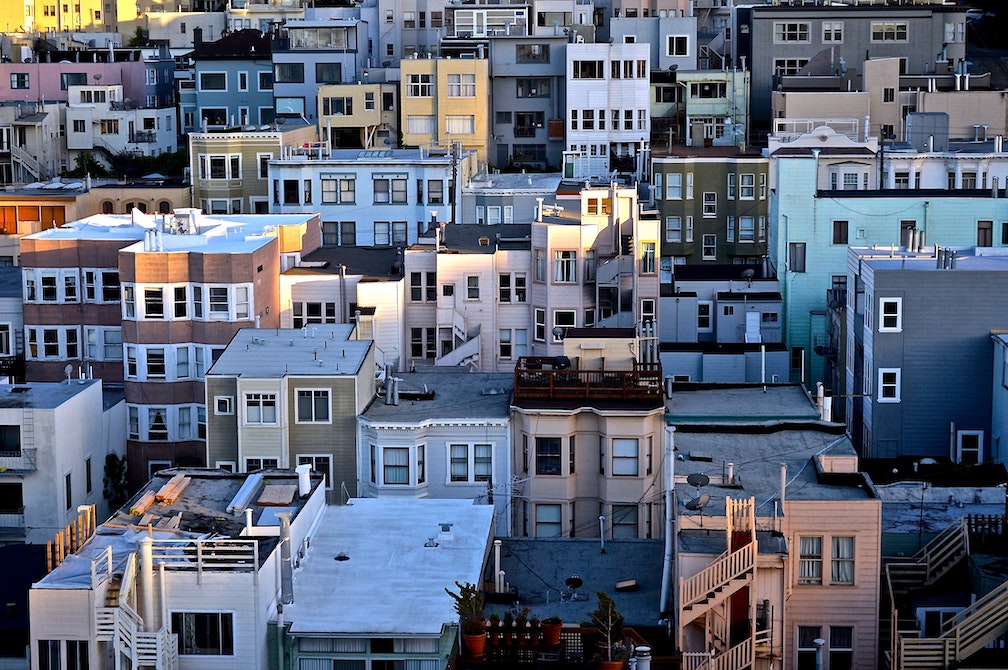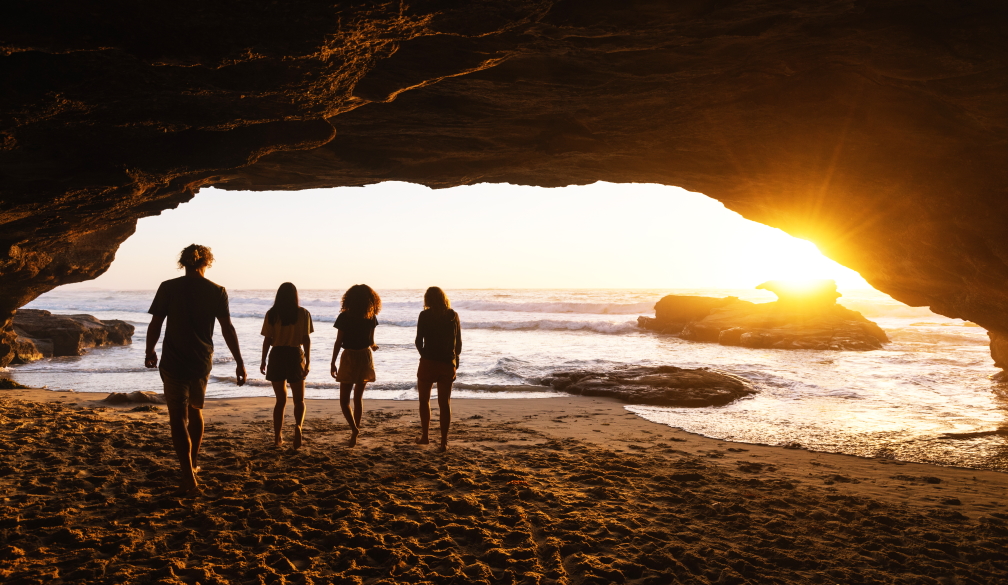Women fleeing violence need housing

Only three per cent of women fleeing family violence received the long term housing they needed for the 2020 and 2021 financial years, new analysis reveals.
The analysis was conducted by Homelessness Australia to mark International Day to End Violence Against Women. In 2019-20, 39,408 people fleeing family violence came to homelessness services in need of long term housing and 3.1 per cent were housed. In 2020-21 demand had increased to 39,680 with only 2.9 per cent housed.
|
|
2019-2020 (number) |
2020-2021 (number) |
2019-2020 (percentage) |
2020-2021 (percentage) |
|
People experiencing family violence |
119,182 |
116,180 |
|
|
|
Needed long term housing |
39,408 |
39,680 |
|
|
|
Nothing provided |
30,486 |
30,607 |
77.4% |
77.1% |
|
Referred only |
7,689 |
7,931 |
19.5% |
20.0% |
|
Provided |
1,233 |
1,142 |
3.1% |
2.9% |
Homelessness Australia also cross-referenced the demand identified in the landmark Nowhere to Go report against the Commonwealth’s commitments over the next five years. The Commonwealth has committed to 4,000 homes over five years, or 800 per year, to assist women and children fleeing violence. However annual need equates to more than 16,810 homes.
New commitments therefore only equate to approximately five per cent of what’s required.
Homelessness Australia chief executive, Kate Colvin, said while Australian governments’ recognition that housing is key to women’s safety in the national plan to end violence against women and children was important, the scale of ambition had to lift.
“A secure home is absolutely central to the safety of those fleeing family violence. Without a home, women and children must choose between homelessness and violence. This is not a choice anyone should have to make," she said. “This is a basic moral proposition. We live in one of the wealthiest societies in the world and we have all the material and financial means we need for women and children to be safe. It’s a matter of priority.
“The Commonwealth has made important strides forward in recognising this problem and committing to take action by delivering additional social housing homes. However, we urgently need to expand the number of properties available to women to achieve safety.”
Photo: Kimson Doan/Unsplash




